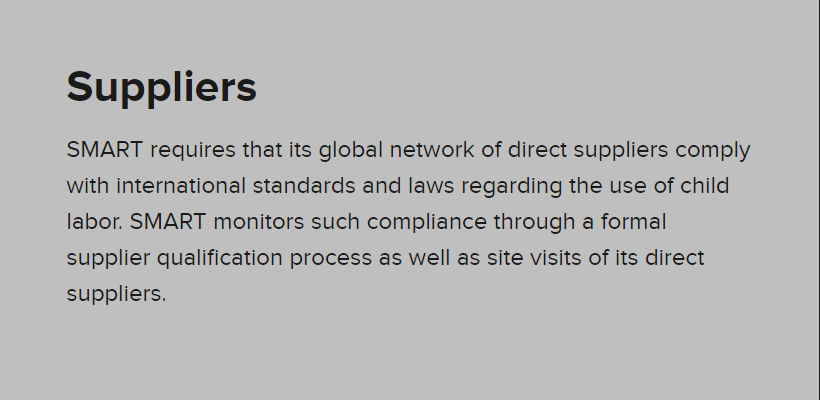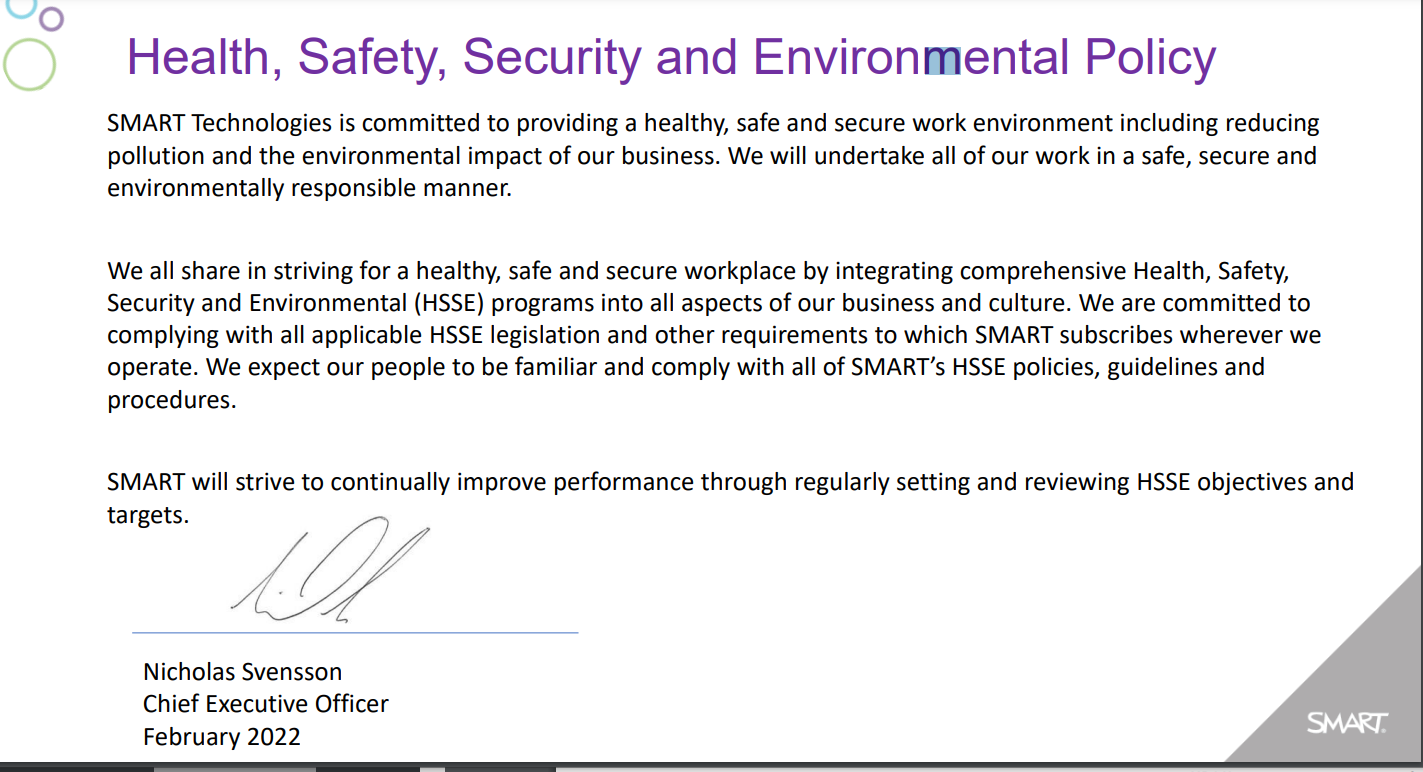Schools often bring in new management because they want to envision a different dream, and part of this new management team’s vision was place an Interactive Whiteboard (IWB) in each classroom which consumed the majority of last year’s school budget. So how much did these IWBs cost?
SMART Board 6000S V3 series: approximately $7,740 CAD not including additional software
Besides ongoing costs such as energy consumption for 65″ SMART Board is:
0.105 kW x 0.094 USD x 8hours x 22 days = $1.74 USD/month x 1.29 (August 5th exchange rate) = $2.24/month
While I could not find the wifi costs for the SMART Board, the monthly cost for iPad wifi (128gb) in Chengdu city is $615 CAD.
SMART Technologies offers a 3-5 year warranty.
The approximate annual cost of one classroom IWB over the life of its warranty is: $2,782.48-$8,752.40 CAD
($2.24 + $615) x 10 months + $7,740/3 = $8,752.40CAD/year
($2.24 + $615) x 10 months + $7,740/5 = $2,782.48CAD/year
Lohr (2020) reports that in 2018, approximately 1 percent of global electricity consumption was from data centers. In 2020 data centers’ energy consumption was “barely growing” (Lohr, 2020) due to carbon offsets, but computing power used in machine learning doubles every month, meaning there could be change within a few years’ time, making this period of time “a critical transition phase to ensure a low-carbon and energy-efficient future” (Lohr, 2020).
Production Costs
Health, Safety, Security and Environmental Policy
From SMART Environmental Commitment
Resource Costs
From their white paper, SMART Boards are made from different types of plastics, a polyester-based plastic (Mylar®) and a melamine-based plastic (Formica®) and have an aluminum honeycomb composite. Plastic is a synthetic, man-made and non-biodegradable product. Mylar® and Formica® must be brought to facilities that specialize in recycling these materials. When melamine-based plastics and/or mylar are inappropriately disposed, they can enter waterways and effect the aquatic systems and the people who consume them (Iheanacho et al., 2020; Kennedy & El-Sabaawi, 2018). Iheanacho et al. (2020) conducted an experiment on unhealthy Clarias gariepinus, an African fish known for its nutritional value and ability to adapt. They found that chronic exposure to melamine led to symptoms of stress and neurotoxicity (Iheanacho et al., 2020). Mylar plastics are not biodegradable and while they can be quickly broken down by stormwater causing physical abrasion, the mylar particles will still effect the acquasystem (Kennedy & El-Sabaawi, 2018). Aquatic animals such as collector, gatherers and
filterers could ingest the plastic particles and being at the bottom of the foodchain, the microplastics will be passed up the food chain (Kennedy & El-Sabaawi, 2018). Plastic particles can attract organic pollutants such as hydrocarbons which could lead to illness and death among the marine life that ingest them (Galloway, 2015; Wright et al., 2013; Eerkes-Medrano et al., 2015 cited in Kennedy & El-Sabaawi, 2018, p. 826).
Production and Consumption-based Climate Impact over Aluminum’s Life Cycle
From Milovanoff, A., Posen, I. D., & MacLean, H. L. (2021). Quantifying environmental impacts of primary aluminum ingot production and consumption : A trade‐linked multilevel life cycle assessment. Journal of Industrial Ecology, 25(1), 67-78. https://doi.org/10.1111/jiec.13051
Aluminum is a readily available and used metal, but its production processes such as smelting and refining impact the environment negatively (Milovanoff, et al., 2021). The above charts aluminum processing carbon emissions in the top 15 countries affected by aluminum consumption and production.
Hazardous Materials Table for SMART Interactive WhiteBoards
Lead is the only hazardous material that does not meet Restriction of (the use of Certain) Hazardous Substances (RoHS) directives. Lead is toxic and can harm human health as well as the environment (Schileo & Grancini, 2021), it is “one of the most recycled materials in widespread use and has the highest end-of-life
recycling rate of all commonly used metals” (Davidson et al., 2015, p. 1624), which could lower lead’s overall environmental impact.
SMART Technologies have collection programs in Hawaii and New York listed on their website. People outside of the USA will have to find a service that will help them responsibly dispose of and recycle their IWB.
Have all actual costs been reported?
No.
Labour Costs
Regarding labour costs, SMART, the company made by the school’s IWBs was acquired by Foxconn in 2016. Foxconn is a company well-known for manufacturing Apple products and parts for Apple. A google search of Foxconn news turns up articles reporting allegations against Foxconn’s factories supplying Apple regarding various worker rights violations, but no mention is made about SMART or the other products Foxconn has a hand in manufacturing. With the amount of news reports on Foxconn’s Apple manufacturing plants’ working conditions, it seems odd that there is no mention of other companies. Could this mean that other companies do a better job of monitoring and maintaining working conditions? Or does it mean something else? Perhaps SMART Technologies smaller market of consumers do not hold them to the same standards as a gigantic global company like Apple. Maybe investigating Apple-related news is more newsworthy and brings in more clicks? SMART Technologies never defines what it means to be safe, secure and environmentally responsible. What would be considered overcrowded and poor living conditions in North America could be considered standard for a country like China. Buss (2018) notes the importance of having clear definitions of human rights issues. These definitions must be construed and shared with the local working population to avoid under-reporting (2018).
From SMART Technologies Health, Safety, Security and Environmental Policy
The material, manufacturing, carbon footprint and transportation costs were not available for SMART Technologies on their specifications document or white paper. Greenpeace’s Resource Efficiency in the ICT Sector report focused on technologies frequently found in homes such as mobile/smart phones and tablets.
The terms “carbon footprint”, “energy” and “education” were used to conduct a search through the databases available on the UBC Library website. The result was 39 peer-reviewed articles on initiatives schools could take to reduce their carbon footprint. Replacing “education” with “IWB” or “interactive whiteboard” found zero articles.
In constructivism, the environment is an important participant in the learning process, so IWBs are primarily marketed as learning environment enhancements to build meaningful interactions with the learning content. Schools purchasing IWBs are interested in moving away from the “sage on the stage” traditions that overhead projectors and black/whiteboards promote and are therefore interested in research related to learning and academic achievement rather than sustainability.
References
Buss, D. (2018). Conflict Minerals and Sexual Violence in Central Africa: Troubling Research. Social Politics: International Studies in Gender, State & Society, 25(4), 545-567.
Davidson, A. J., Binks, S. P., & Gediga, J. (2016). Lead industry life cycle studies: Environmental impact and life cycle assessment of lead battery and architectural sheet production. The International Journal of Life Cycle Assessment, 21(11), 1624-1636. https://doi.org/10.1007/s11367-015-1021-5
Iheanacho, S. C., Igberi, C., Amadi-Eke, A., Chinonyerem, D., Iheanacho, A., & Avwemoya, F. (2020). Biomarkers of neurotoxicity, oxidative stress, hepatotoxicity and lipid peroxidation in clarias gariepinus exposed to melamine and polyvinyl chloride. Biomarkers, 25(7), 603-610. https://doi.org/10.1080/1354750X.2020.1821777
Kennedy, K. T. M., & El-Sabaawi, R. W. (2018). Decay patterns of invasive plants and plastic trash in urban streams. Urban Ecosystems, 21(5), 817-830. https://doi.org/10.1007/s11252-018-0771-9
Lohr, S. (2020). Cloud Computing Is Not the Energy Hog That Had Been Feared.
Milovanoff, A., Posen, I. D., & MacLean, H. L. (2021). Quantifying environmental impacts of primary aluminum ingot production and consumption: A trade‐linked multilevel life cycle assessment. Journal of Industrial Ecology, 25(1), 67-78. https://doi.org/10.1111/jiec.13051
Schileo, G., & Grancini, G. (2021). Lead or no lead? availability, toxicity, sustainability and environmental impact of lead-free perovskite solar cells. Journal of Materials Chemistry.C, Materials for Optical and Electronic Devices, 9(1), 67-76. https://doi.org/10.1039/d0tc04552g


